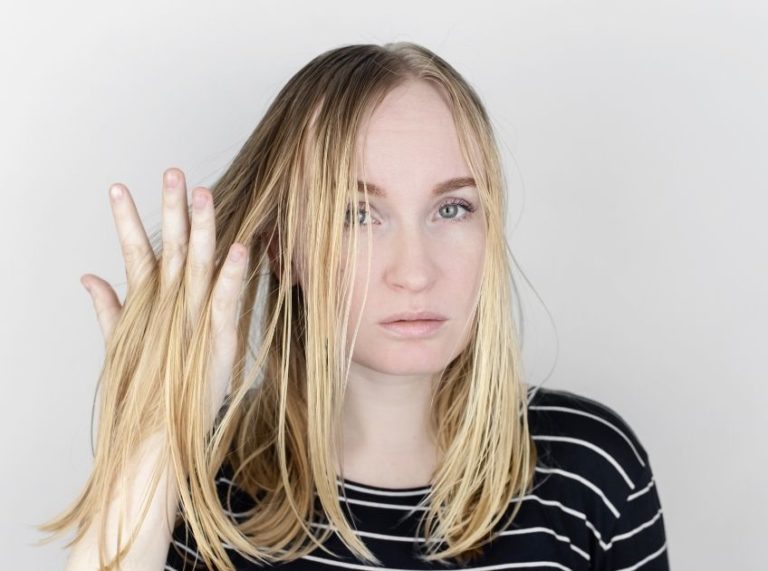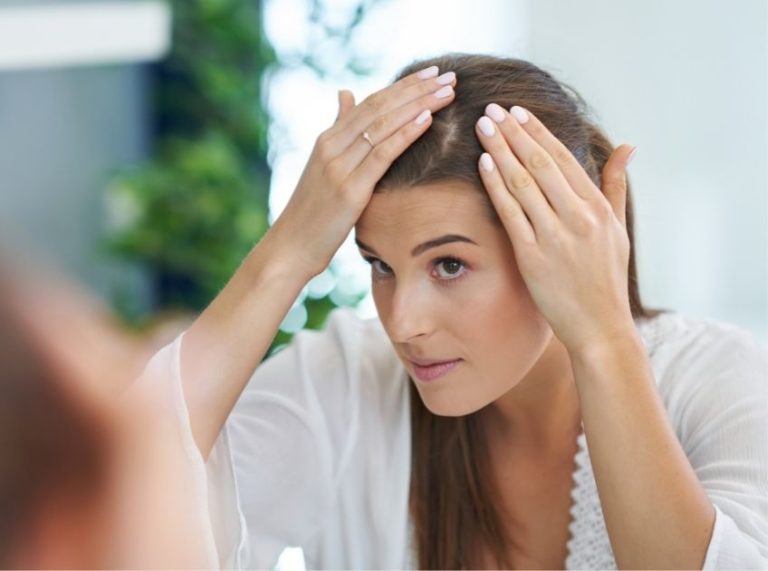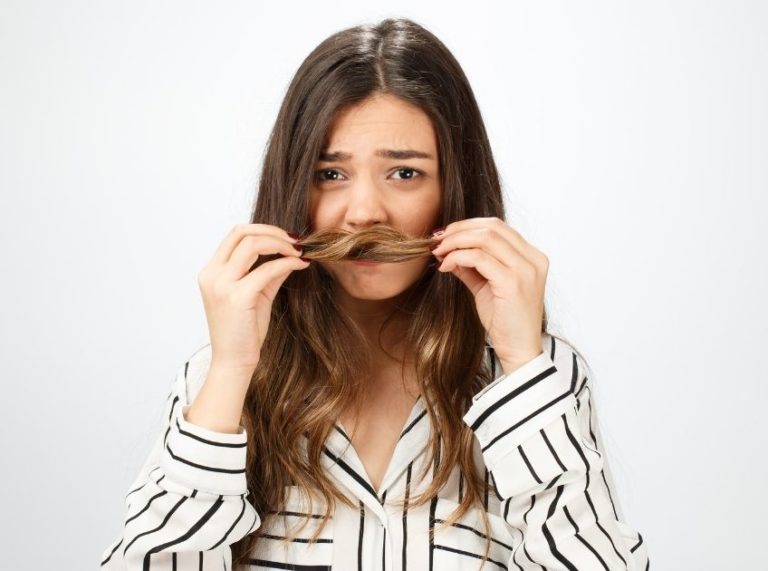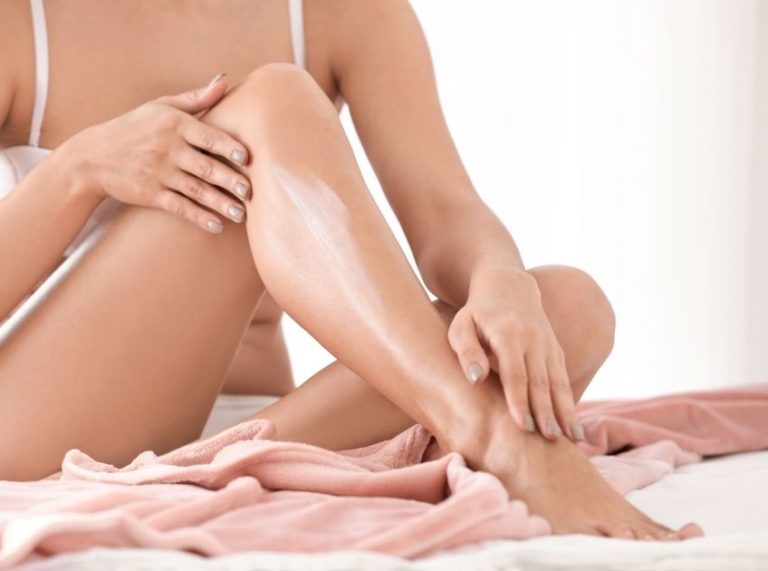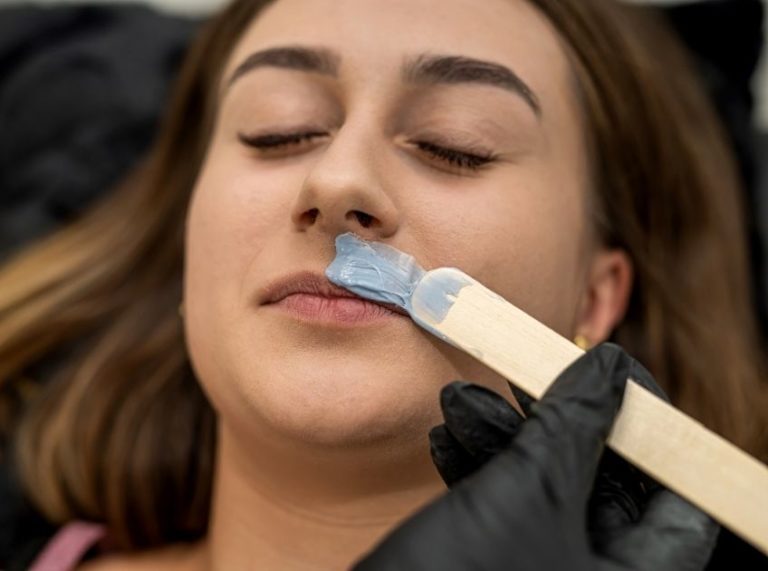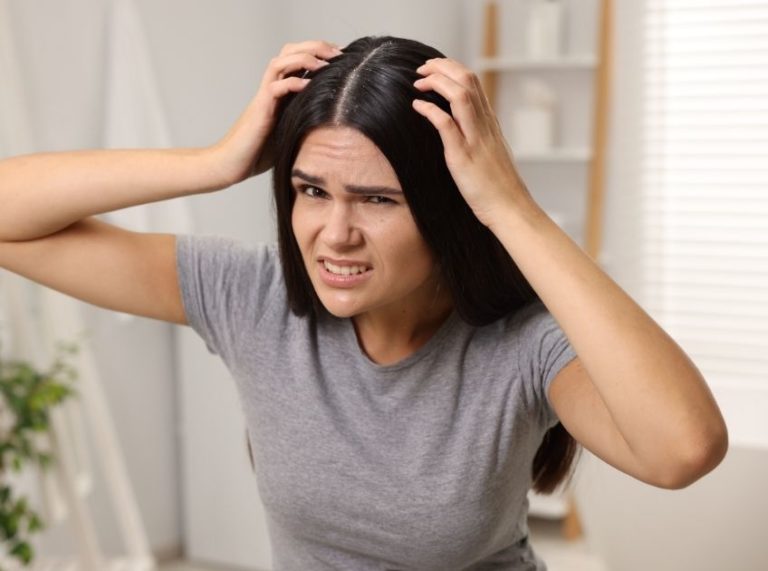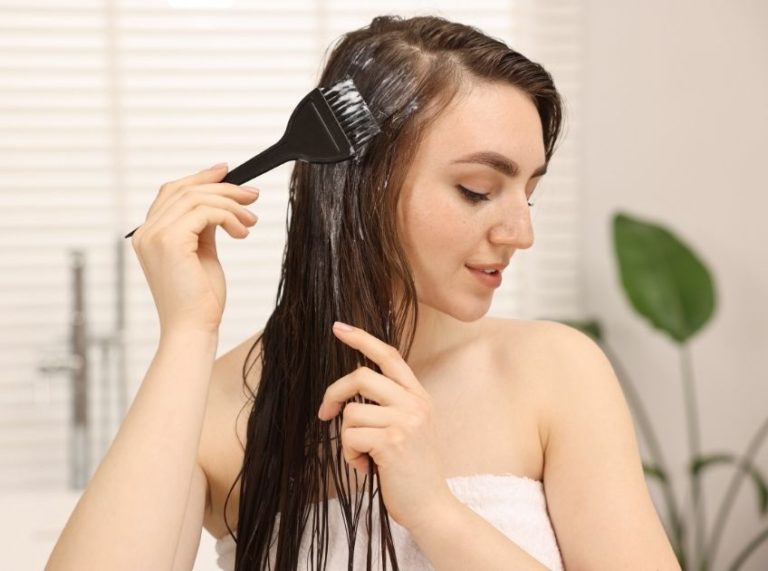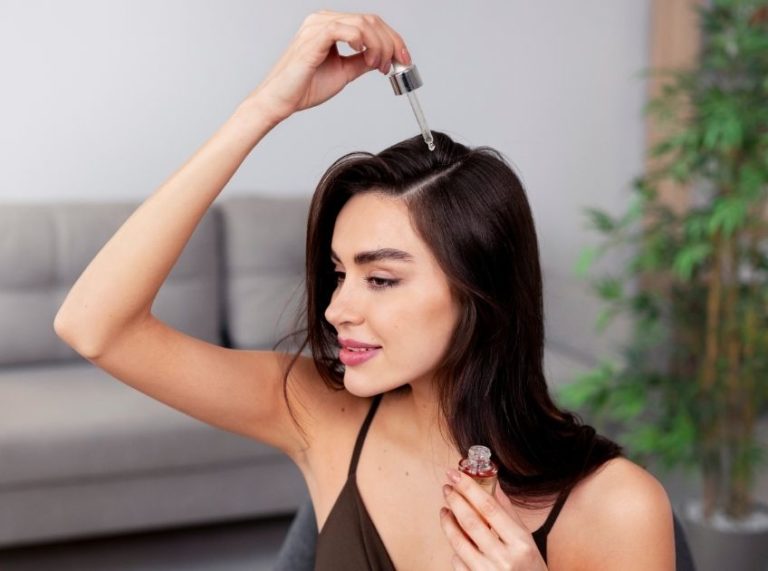
Important: This article is for informational purposes only. Please read our full disclaimer for more details.
Out of multiple hair issues, dandruff is one of the most common. Seeing white flakes on the scalp and hair is very frustrating. Luckily, there are many ways to prevent and treat dandruff.
Likewise, another hair issue that people often face due to poor hygiene is lice. It is more dangerous than dandruff as it occurs due to parasites and is contagious too.
Both these hair conditions are infuriating and share a few similar symptoms. However, since they are completely different from each other their line of treatment is also different.
Let’s take a look into the difference between lice and dandruff and ways to combat them.
What are Lice?

Lice is a parasite which is found in the scalp in three different forms- eggs, nymphs and adult lice. The size of adult lice is extremely small, making it difficult to find out between the hair shafts.
It crawls smoothly in the head and can spread to people coming in contact.
What Causes Lice?
The most common cause of lice is poor hygiene. People staying in unhygienic conditions and not washing their hair have higher chances of developing hair lice. They can spread from one person to another through sharing clothes, bedding, and using the same towel, comb and other hair accessories.
What is Dandruff?

Dandruff is a scalp condition, also called seborrheic dermatitis. It occurs when the scalp’s skin gets flaky or scaly. As you scratch the scalp these white flakes come out and spread to the hair and fall over the clothes.
Dandruff is not contagious; however, it runs in families. People with dermatitis have higher chances of developing dandruff and get flaky scalp.
What Causes Dandruff?
Genetic and environmental factors contribute to the development of dandruff. Some common causes of dandruff include the following-
- Extremely dry or oily skin
- Skin yeast
- Fungus
Dandruff can occur among children as well as adults. Among newborns and babies, it is termed a cradle cap.
What Are Symptoms of Dandruff and Lice?
While most symptoms of these two hair conditions differ, itching is experienced by people in both cases.
When lice start living on the scalp, it sucks on the skin to feed itself the human blood. The saliva of the parasite irritates the scalp, causing itching. Likewise, in the case of dandruff, excessive dryness of the scalp causes itching.
Due to these similar symptoms, people often get confused about whether they have lice or dandruff.
What Is the Difference Between Lice and Dandruff?
Here is a table giving information on lice vs. dandruff under different heads-
| Characteristic | Lice | Dandruff |
| Cause | Infestation by parasitic insects (lice) | Overproduction of skin flakes (fungus Malassezia) |
| Location | Typically found on scalp, hair shafts, and close to the scalp | Primarily found on the scalp, but can also affect other areas with hair |
| Appearance | Tiny, wingless insects | Flakes of dead skin, often white or yellowish |
| Movement | Can move quickly on the scalp | Doesn’t move, flakes may fall off when disturbed |
| Itching | Intense itching, especially at night | Mild itching, often not as severe as with lice |
| Transmission | Direct contact with an infected person or sharing personal items such as combs, brushes, hats, or bedding | Not contagious, typically due to factors such as dry skin, oily skin, or fungal growth |
| Treatment | Over-the-counter or prescription lice treatments, combing out lice and nits (eggs), thorough cleaning of personal items and environment | Medicated shampoos containing ingredients like ketoconazole, selenium sulfide, or coal tar; regular washing and good scalp hygiene |
| Complications | Secondary bacterial infections due to scratching | None, but may lead to embarrassment or discomfort due to visible flakes |
| Visibility | Lice and nits may be visible to the naked eye | Dandruff flakes are visible, especially on dark clothing or hair |
| Frequency | Less common but can occur in outbreaks, often among children | Very common, affecting people of all ages, genders, and races |
| Prevention | Avoid sharing personal items, regular head checks, maintaining good hygiene | Regular shampooing, avoiding excessive use of hair products, managing stress |
Dandruff vs. Lice- Treatment
The treatment of both conditions is different, but maintaining proper hair hygiene is the core step to prevent them on the first hand. At the same time, if it’s the case of lice, check if any of the family members have it because it transfers easily from one person to another living closely.
Here are a few ways to treat lice-
- Use prescription shampoo that contains permethrin and pyrethrin. These two chemicals are effective in killing lice but recommended only for children above 2 years.
- Use over-the-counter medications. Apply them as instructed and later comb hair with a fine-tooth comb to remove them.
Besides these treatments, changing lifestyle to ensure that all the eggs, nymphs, and adult lice are removed from the home is essential. To achieve this, you can do the following-
- Regularly wash all the clothes, bedding, and towels and dry them in a high-heat setting.
- Vacuum carpets and upholstered furniture.
- Remove stuffed toys from the home for a few weeks. In the absence of food, they’ll eventually die.
While treating lice requires more work around the house and personal hygiene, dandruff can be managed by using prescription shampoo.
Shampoos for dandruff are designed to treat causal causes, such as fungus or yeast, and slow down the skin-shedding process. Often, these shampoos contain ingredients like salicylic acid, ketoconazole, or selenium sulfide.
Conclusion
Now that we have clearly mentioned the difference between lice and dandruff it will be easy for you to identify what is causing itching on the scalp. If white flakes are visible after scratching the scalp, it is nothing but dandruff. On the other hand, a close inspection of scalp and hair shafts will help discover lice.
Image Source – Canva
Related Articles
- Transform Your Hair: 10 Best Shampoos for Hair Loss & Dandruff
- How to Use Aloe Vera for Dandruff?
- How To Use Apple Cider Vinegar To Cure Dandruff?
- How to Remove Dandruff With Baking Soda?
- Tea Tree Oil for Dandruff: Uses and Benefits
- 7 Best Dandruff Shampoos For Men
- Why Do My Eyebrows Have Dandruff? Causes and Treatment
- 9 Best Home Remedies for Dandruff
- 7 Best Sulfate Free Dandruff Shampoo
- Essential Oils for Dandruff – Benefits and Uses
- How to Remove Dandruff With Coconut oil?
- How To Use Apple Cider Vinegar For Itchy Scalp & Dandruff Relief?

